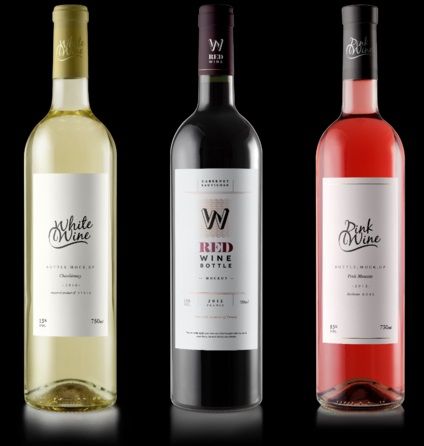Brazil, an unknown wine producer, bets on its sparkling wines
Famous for its cachaça and its powerful beer industry, Brazil is the least known of the Southern Cone's wine-producing countries. Its wines are rarely found on the shelves or in restaurants in other countries.

Four stirrers turn hundreds of bottles by hand in the half-light of a cellar. It looks like a typical print of the prestigious French champagne cellars. But this is Pinto Bandeira, one of the areas producing the increasingly renowned sparkling wine of southern Brazil.
"This region of the Serra Gaúcha (in the state of Rio Grande do Sul, bordering Argentina and Uruguay) has everything it takes to produce high-quality sparkling wines that are competitive at a global level," Carlos Abarzúa, oenologist at the Família Geisse winery, told AFP, as he uncorked an Extra Brut that, in the glass, generated a thread of fine bubbles.
Famous for its cachaça and its powerful beer industry, Brazil is the least known of the Southern Cone's wine-producing countries. Its production is much more modest than that of Argentina and Chile, and its wines are rarely found on the shelves or in restaurants in other countries. In the 1970s, large multinationals such as Moet & Chandon landed in Brazil, attracted by the terroir of the Serra Gaúcha, a mountain range with green and humid valleys that concentrates 90% of the country's wine production, and little by little the sector began to specialize in sparkling wines.
"Argentina is known for its Malbec, Chile for its Carmenere, Uruguay for its Tannat. Brazil does not have an emblematic variety. Its specialty is sparkling wine," says André de Gasperin, vice-president of the Brazilian Association of Enology (ABE), "The Sierra Gaúcha is a cooler region, with a good altitude, ideal for white grapes, with greater freshness, high acidity, and good ripening, as is the case in the Champagne region of France," he adds.
An "exclusive" DO In recent years, Brazilian sparkling wines, whose dominant varieties are Chardonnay, Pinot Noir, and Riesling Italico, have won dozens of medals in international competitions. At the 2018 Catad' or Wine Awards, the most important in Latin America, the Garibaldi Moscatel from the Garibaldi Wine Cooperative was chosen as the best in the Southern Cone, an opinion shared by Brazilian consumers, as shown by data from the Brazilian Union of Vine and Wine (Uvibra).
In 2018, 66.2% of the sparkling wines sold in the country were Brazilian and 33.8% imported. In red and white wines the statistics were reversed: 11.8% national and 88.2% imported, half of them from Chile. Nestled in a lush, rolling valley of vineyards, the Geisse Family winery is the only one in Brazil that only produces sparkling wines by the traditional or champenoise method (with a second fermentation inside the bottle).
A more complex and full-bodied product than the one made with the Charmat method (the majority in Brazil, where the second fermentation takes place in large stainless steel tanks). The Geisse family has been working for years with four other wine producers from Pinto Bandeira, a rainy sub-region of the Serra Gaúcha, in the creation of what they believe will be the first "exclusive sparkling wine" appellation (D.O.) in the New World's wine-producing countries.
The challenge of the agreement with the EU. But the boom in Brazilian sparkling wine could be overshadowed by the free trade agreement between Mercosur and the European Union (EU), signed in June, which if ratified could mean the massive entry of French champagne and Spanish cava. "With the agreement, tariffs will fall and many more products will enter to compete on the domestic market (...).
We know that the wine sector in Europe is heavily subsidized," explains Abarzúa. For researcher Jorge Tonietto, from the Grape and Wine unit of the Brazilian agricultural research agency Embrapa, the agreement with the EU is a challenge for Brazilian producers, who are subject to high production costs and taxes on a small scale.
"If we make good products, we're going to make it. Brazil is an interesting market with growth prospects. We are in a country that consumes, we don't need to sell abroad. This proximity can be advantageous to us in the competitive aspect because we know the consumer better or we work in wine tourism", he adds.




